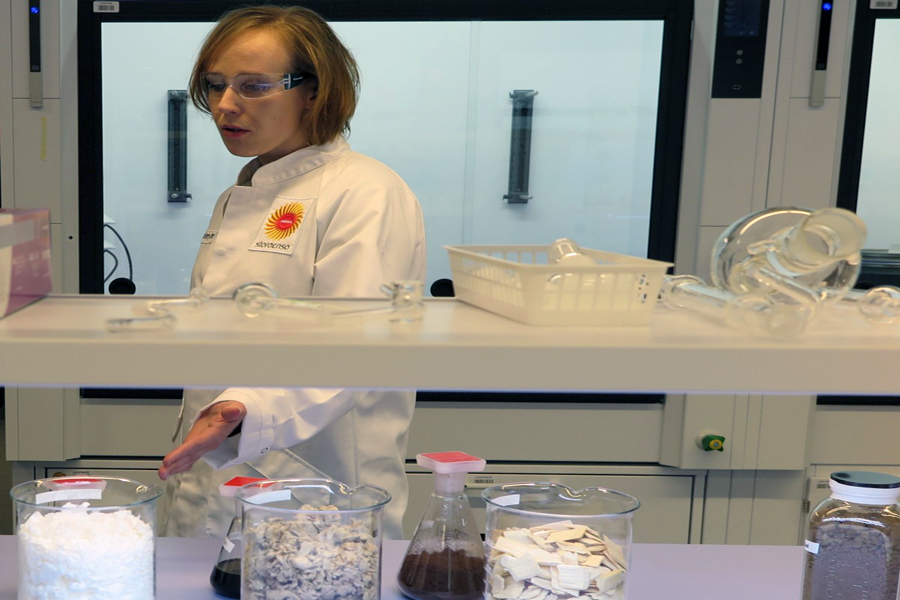 How Trees Are Fueling A Biomaterials Renaissance
How Trees Are Fueling A Biomaterials Renaissance
Jonathan Salem Baskin
“When you make pulp [from harvesting a tree], you’re extracting about half of the content of the wood,” said Juan Carlos Bueno, EVP of Stora Enso’s Biomaterials Division. “The other half has various components mixed in, which are burnt for fuel used at the pulp mill, or at integrated factories that make paper and packaging.”
“Our aim is to find innovative ways to make a difference in a world dominated by non-renewable resources.”
That’s intriguing stuff coming from one of the world’s largest and oldest paper manufacturers (it has been in the paper & pulp business since the late 1800s). It’s also not surprising, since the transition to digital communications has put significant, and likely irreversible price pressure on the paper sales that constitute a large portion of the company’s business.
Bueno was recruited in 2011 to help the company rethink its approach to business and growth.
Biomaterials innovation center
“We have a vast land and resource base, combined with operational capacity and competence that gives us unique competitive advantages,” he explained. “So we dug deeper into what we do, and how we could be better stewards of our resources and planet.”
Enter pulp, which each of the businesses produced according to a very traditional process that all but ignored the potential for half a tree’s content. In 2012, Stora Enso asked Bueno to incorporate these facilities together into a new division, which he named Biomaterials, and then challenged him to do more with it.
What followed were technology investments aimed at separating the three major components found in trees — cellulose, hemicellulose, and lignin — instead of using the last two as fuel. This allowed Bueno and his team pursue lignin extraction in one of its older mills in Finland (it also has a newer plant in Brazil, and a new facility in Uruguay that opened in 2014).
“The lignin that formerly was just burnt for energy is now turned into a marketable product that can be sold as a natural replacement for fossil-based phenols used in furniture and wall paneling,” Bueno explained.
The new division has found other, diversified uses of pulp: For instance, a product of its manufacturing processes, called “fluff,” can be used as an absorbent in diapers and other personal hygiene products, thereby opening up new market opportunities for the company in consumer growth markets. Another opportunity the group is exploring is a process for dissolving pulp so that its fibers can be used as a replacement for cotton in clothing.
Bueno calls these innovations “low hanging fruit,” and suggested that there is a long list of opportunities down the road.
To develop them, Stora Enso opened an innovation center in Stockholm, Sweden late last year, as “another important step in [our] transformation into a renewable materials company,” according to CEO Karl-Henrik Sundstrom. Staffed with 40 full-time employees, the center stays in close alignment with the business units to explore ways to operationalize the highest-potential uses for pulp and its byproducts.
“If you break down cellulose even further, you get sweeteners that can be used in gum and toothpaste,” Bueno said. “We’re looking at other uses for lignin, such as a coating substitute for fossil-based materials, and the potential for carbon fiber is very attractive. Further down the road I’m confident that we’ll find a number of ways to use bioplastics to replace fossil-based materials.”
The company made its tagline “Rethink” in 2011.
Jonathan Salem Baskin is president of Arcadia Communications Lab. Follow him on Twitter @jonathansalem.
